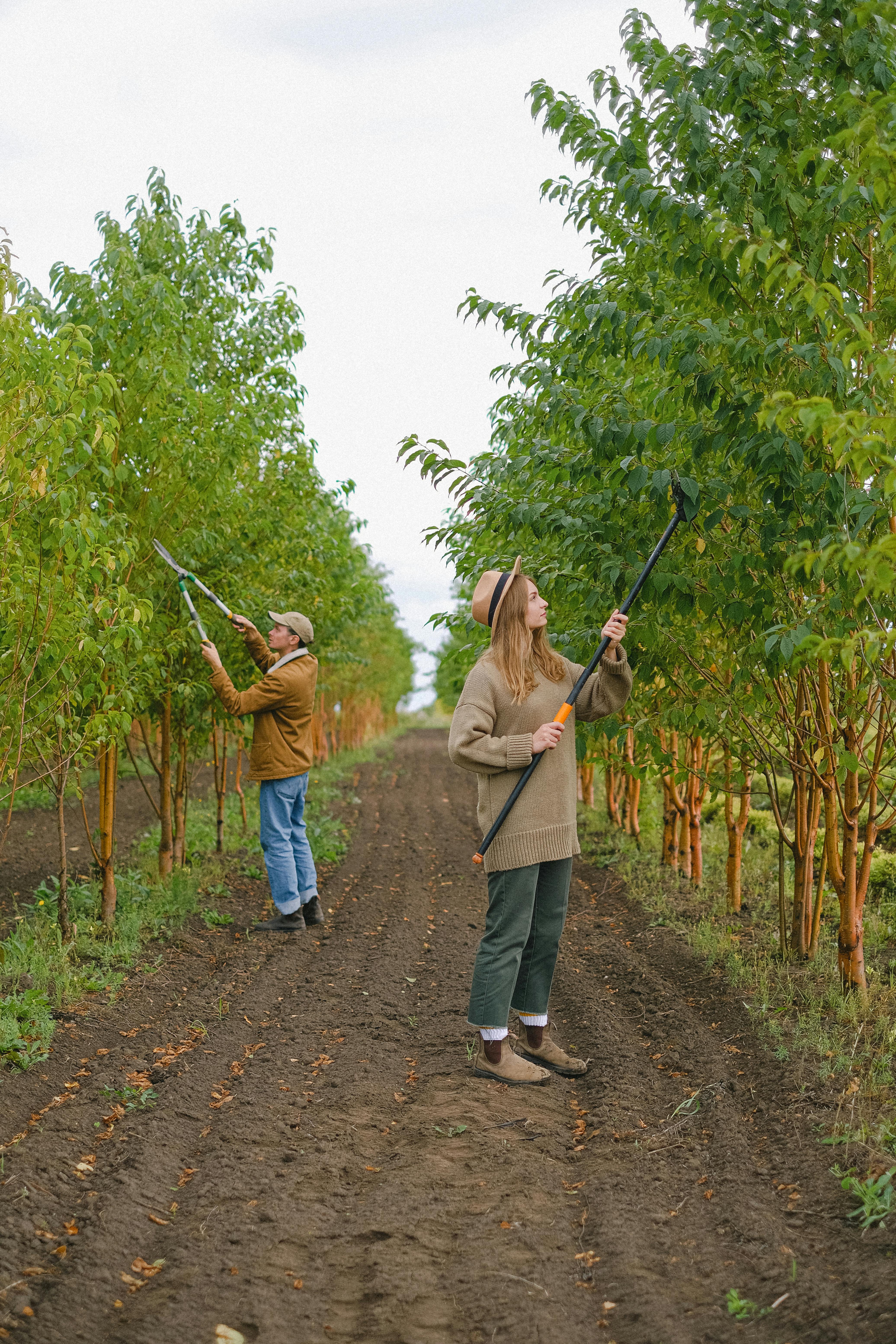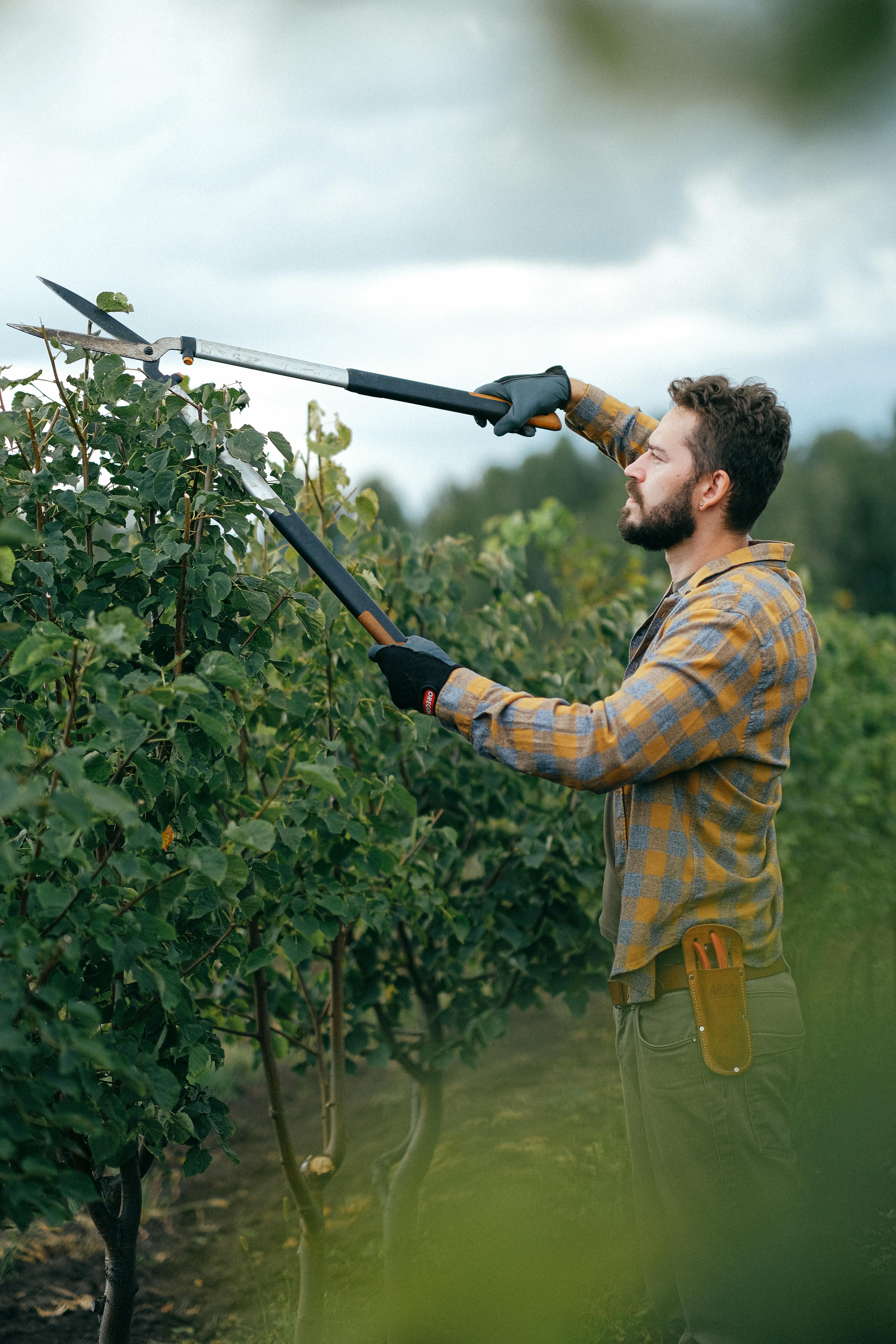Fricke's Tree Service
How Trees Help Keep Our Soil Healthy
The Role of Trees in Preventing Soil Erosion
Understanding Soil Erosion
Soil erosion is a natural process that can have devastating effects on the environment. It occurs when soil is worn away by wind, water, or other natural forces. This phenomenon can lead to loss of fertile land, decreased agricultural productivity, and increased sedimentation in waterways, which can disrupt aquatic ecosystems and harm fish populations. The consequences of soil erosion extend beyond the immediate area, affecting neighboring regions and contributing to broader environmental issues. Factors contributing to soil erosion include:- Heavy rainfall, which can wash away topsoil and nutrients.
- Deforestation, which removes the protective cover that trees provide.
- Overgrazing by livestock, which can lead to bare soil and increased vulnerability to erosion.
- Improper agricultural practices, such as monoculture and tilling, which can degrade soil structure.
The Importance of Trees
Trees play a crucial role in maintaining soil health and preventing erosion. Their root systems anchor the soil, reducing the impact of rainfall and wind. Additionally, trees contribute to the overall ecosystem, providing habitat for wildlife, improving air quality, and enhancing the aesthetic value of landscapes. The presence of trees can also influence local climate conditions, creating microclimates that support diverse plant and animal life.Root Systems and Soil Stability
The root systems of trees are vital for soil stability. They:- Bind soil particles together, creating a more cohesive structure that resists erosion.
- Help absorb water, reducing runoff and allowing for better infiltration, which is essential for maintaining groundwater levels.
- Prevent the displacement of soil during heavy rains, ensuring that the topsoil remains intact and fertile.
Canopy Cover and Rainfall Impact
The canopy of trees acts as a barrier against rainfall. When raindrops hit the leaves, they are slowed down, reducing the force with which they strike the ground. This helps to:- Minimize soil compaction, which can hinder plant growth and water absorption.
- Reduce surface runoff, allowing more water to seep into the ground and replenish aquifers.
- Enhance water absorption into the soil, promoting healthier ecosystems and supporting plant life.
Types of Trees Effective in Erosion Control
Not all trees are equally effective in preventing soil erosion. Some species are particularly well-suited for this purpose:- Willows: Their extensive root systems are excellent for stabilizing riverbanks and preventing erosion along waterways.
- Maples: Known for their deep roots, they help hold soil in place and can thrive in various soil types.
- Oaks: Their large canopies provide significant cover, reducing rainfall impact and supporting a diverse range of wildlife.
Benefits of Trees Beyond Erosion Control
While preventing soil erosion is a significant benefit, trees offer numerous other advantages that contribute to environmental health and human well-being:- Improved Biodiversity: Trees provide habitats for various species, promoting biodiversity and supporting ecosystems that are resilient to change.
- Climate Regulation: Trees absorb carbon dioxide, helping to mitigate climate change and regulate local temperatures.
- Water Cycle Regulation: Trees play a role in maintaining the water cycle through transpiration, which contributes to precipitation patterns and local humidity levels.
Case Studies: Successful Tree Planting Initiatives
Several initiatives around the world have successfully utilized tree planting to combat soil erosion and promote environmental restoration:1. The Great Green Wall, Africa
This ambitious project aims to combat desertification by creating a wall of trees across the Sahel region. It has shown promising results in reducing soil erosion, improving local agriculture, and enhancing food security for communities in the area.2. Reforestation in the Amazon
Efforts to reforest areas of the Amazon rainforest have not only helped in soil stabilization but also in preserving biodiversity and combating climate change. These initiatives have engaged local communities and provided economic opportunities through sustainable practices.How to Implement Tree Planting for Erosion Control
Implementing tree planting initiatives requires careful planning and consideration to ensure their success and sustainability:Site Selection
Choose areas prone to erosion, such as:- Slopes that are vulnerable to runoff and soil loss.
- Riverbanks that require stabilization to prevent erosion.
- Areas with poor vegetation cover that need restoration to improve soil health.
Choosing the Right Species
Select tree species that are native to the area and well-adapted to local conditions. This ensures better survival rates and effectiveness in erosion control, as native species are more resilient to local pests and diseases.Community Involvement
Engaging local communities in tree planting efforts fosters a sense of ownership and responsibility. This can lead to:- Increased success rates of planting initiatives, as community members are more likely to care for the trees.
- Education on the importance of trees in the ecosystem, promoting environmental stewardship and awareness.
Challenges in Tree Planting Initiatives
While tree planting is beneficial, there are challenges to consider that can impact the success of these initiatives:1. Climate Change
Changing climate conditions can affect tree growth and survival. It is essential to choose resilient species that can withstand these changes, including drought-resistant varieties and those that can thrive in altered temperature and precipitation patterns.2. Land Use Conflicts
In some areas, land may be needed for agriculture or development, leading to conflicts over land use. Balancing these needs is crucial for successful initiatives, requiring collaboration among stakeholders to find mutually beneficial solutions.Conclusion
In summary, trees play a vital role in preventing soil erosion and maintaining ecological balance. By understanding their importance and implementing effective tree planting strategies, we can combat soil erosion and promote a healthier environment for future generations. The integration of trees into land management practices not only enhances soil stability but also contributes to the overall resilience of ecosystems. To learn more about how tree services can help in your area, reach out to request an estimate using this link. Engaging with local tree services can provide valuable insights and support for your tree planting initiatives, ensuring that they are successful and sustainable.RECENT POSTS
Interested in Our Services?
Get in touch today to discuss your next project and we will happy to answer any questions and provide you with a no-obligation FREE Estimate.
Contact Details
Address: 427 Pleasant Oaks Trl, Osteen, FL 32764, United States of America
Phone: (321) 240-5613
Email: jonfric@yahoo.com
Quick Links
Contact Details
Address: 427 Pleasant Oaks Trl, Osteen, FL 32764, United States of America
Phone: (321) 240-5613
Email: jonfric@yahoo.com







